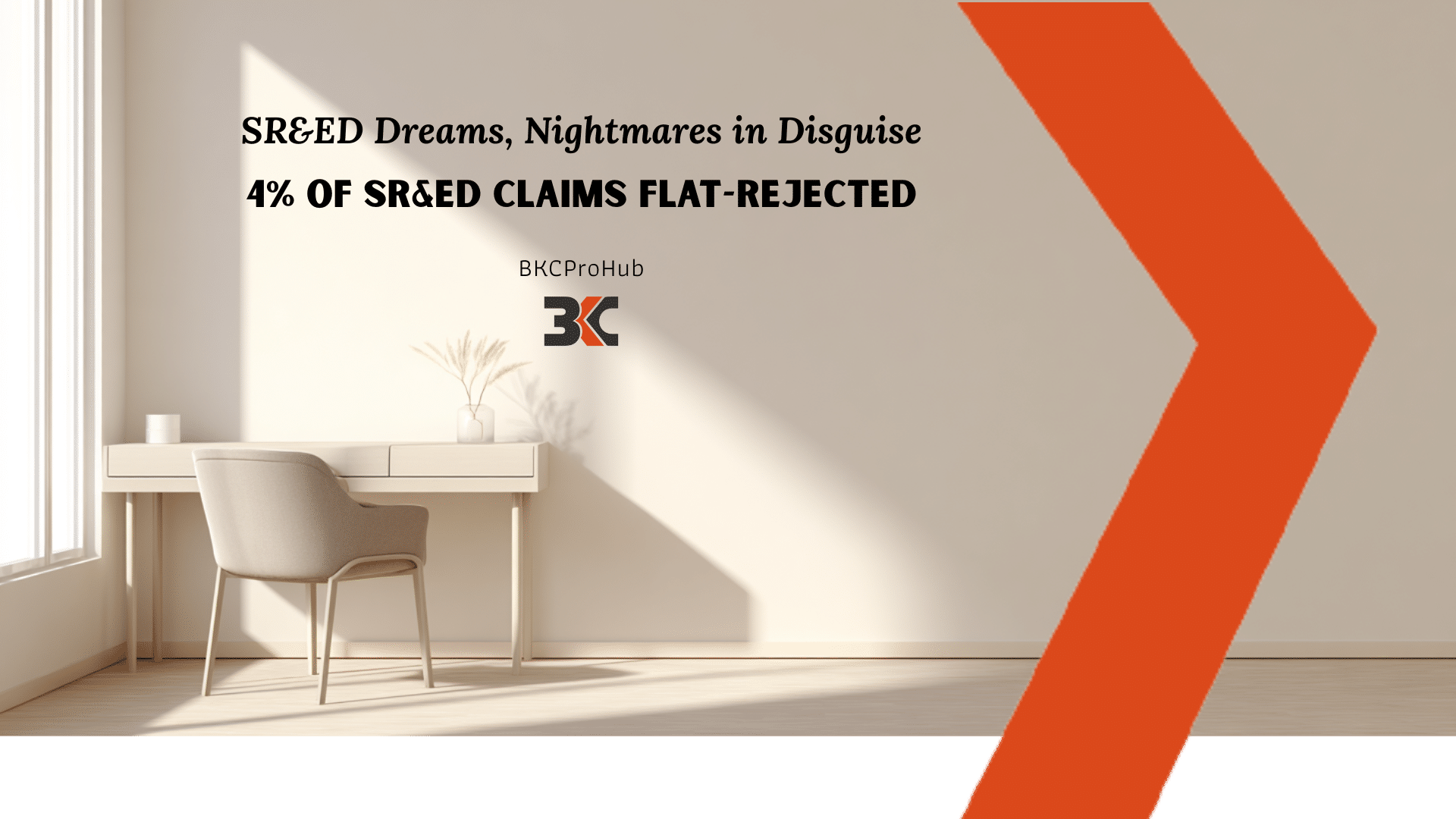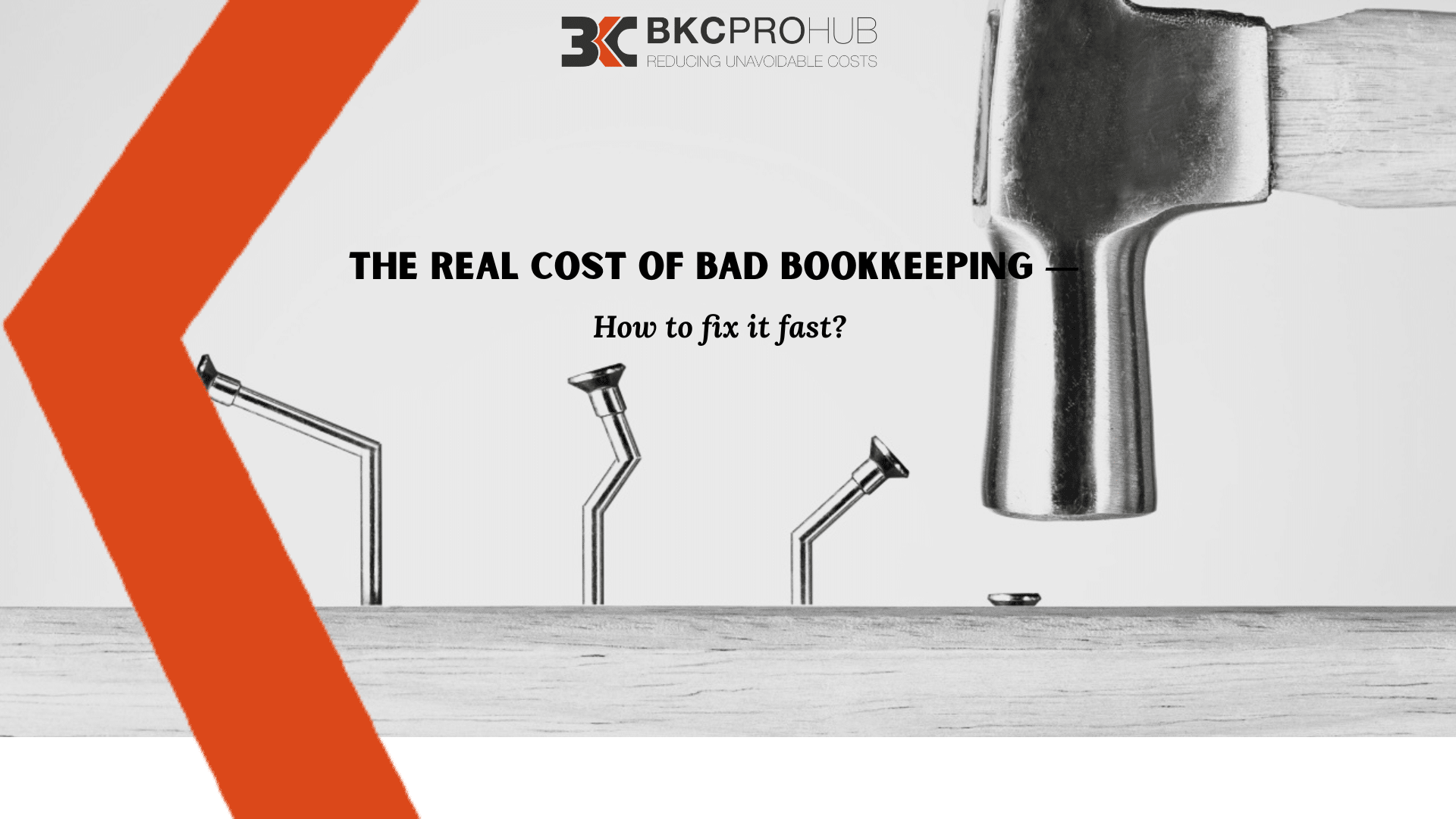SR&ED Eligibility, Compliance Requirements, and Filing Guide for Canadian Businesses
Innovation drives business growth, but research and development can strain your budget. That’s where Canada’s Scientific Research and Experimental Development (SR&ED) tax incentive program comes in—offering substantial tax credits to businesses investing in innovation. Understanding SR&ED eligibility, compliance requirements, and the filing process can unlock significant financial benefits for your company.
What is the SR&ED Tax Credit Program?
The SR&ED tax incentive program, administered by the Canada Revenue Agency (CRA), is one of the most generous R&D tax credit programs globally. It provides over $3 billion annually in tax incentives to Canadian businesses conducting eligible research and development activities.
The program offers two types of benefits: refundable investment tax credits (ITCs) and non-refundable ITCs, depending on your company’s size, control status, and taxable income. Small Canadian-controlled private corporations (CCPCs) can receive up to 35% refundable tax credits on eligible expenditures, while other corporations receive 15% non-refundable credits.
SR&ED Eligibility Criteria: Does Your Business Qualify?
Many Canadian businesses conducting research and development activities qualify for SR&ED tax credits but don’t realize it. The program isn’t limited to laboratories or high-tech companies—manufacturers, software developers, engineers, and even food processors may be eligible.
Eligible SR&ED Activities
To qualify for SR&ED tax credits, your work must meet specific criteria defined by the CRA. Eligible activities include:
-
Basic Research: Advancement of scientific knowledge without specific practical application
-
Applied Research: Advancement of scientific knowledge with a specific practical application in view
-
Experimental Development: Work undertaken to achieve technological advancement for creating new or improving existing materials, devices, products, or processes
-
Support Work: Engineering, design, operations research, mathematical analysis, computer programming, data collection, testing, and psychological research directly supporting eligible SR&ED work
According to CRA guidelines, your project must demonstrate technological uncertainty and involve a systematic investigation or search through experimentation or analysis.
The Five-Question Test for SR&ED Eligibility
The CRA uses five key questions to determine SR&ED eligibility:
-
Was there a scientific or technological uncertainty? You couldn’t determine the solution based on generally available scientific or technological knowledge.
-
Did you formulate hypotheses to reduce or eliminate the uncertainty? You developed potential solutions based on scientific or technological principles.
-
Did you follow a systematic investigation? You used a structured approach involving experimentation or analysis.
-
Was the investigation based on principles of science or technology? Your work applied scientific method or engineering principles.
-
Did you achieve technological advancement? You generated new knowledge or capabilities that advanced the field.
If you can answer “yes” to all five questions, your project likely qualifies for SR&ED tax credits.
Eligible SR&ED Expenditures: What Can You Claim?
Understanding which expenses qualify for SR&ED tax credits is crucial for maximizing your claim. The CRA categorizes eligible expenditures into several pools:
Current Expenditures
-
Salaries and Wages: Compensation for employees directly engaged in SR&ED activities, including bonuses and taxable benefits
-
Materials: Consumed or transformed in SR&ED work (excluding capital property)
-
Contractor Payments: 80% of amounts paid to arm’s-length contractors for SR&ED work performed in Canada
-
Overhead and Other Expenditures: Using the traditional or proxy method for calculating overhead costs
Capital Expenditures
Equipment and property acquired for SR&ED purposes may qualify, though rules are more restrictive than for current expenditures. The property must be used all or substantially all (90% or more) for SR&ED activities during the tax year.
The Proxy Method vs. Traditional Method
For overhead allocation, you can choose between two methods:
-
Proxy Method: Automatically adds 55% of eligible salaries and wages as overhead—simpler and requires less documentation
-
Traditional Method: Claims actual overhead costs directly attributable to SR&ED—potentially higher claims but requires detailed record-keeping
Most businesses find the proxy method more straightforward, though companies with high overhead costs may benefit from the traditional approach. Professional accounting services can help determine which method maximizes your claim.
SR&ED Compliance Requirements: Essential Documentation
Proper documentation is the foundation of a successful SR&ED claim. The CRA conducts reviews on approximately 20% of claims, and inadequate documentation is the primary reason for claim reductions or rejections.
Technical Documentation Requirements
You must maintain contemporaneous records demonstrating:
-
Project descriptions: Clear explanation of the technological uncertainty and objectives
-
Hypotheses tested: Documentation of approaches attempted to resolve uncertainties
-
Experimental procedures: Details of tests, trials, and analyses conducted
-
Results and conclusions: Outcomes of experiments and knowledge gained
-
Design documents: Drawings, specifications, prototypes, and test results
-
Progress reports: Regular updates showing systematic investigation
Financial Documentation Requirements
Accurate financial records are equally critical:
-
Time tracking: Detailed records of employee hours spent on SR&ED activities
-
Payroll records: Documentation supporting salary and wage claims
-
Material receipts: Invoices and records for materials consumed
-
Contractor agreements: Contracts and invoices for third-party SR&ED work
-
Expense allocation: Clear methodology for attributing costs to SR&ED projects
Many businesses struggle with maintaining adequate documentation while managing daily operations. Partnering with experienced bookkeeping and accounting professionals ensures your records meet CRA requirements from the start.
Filing SR&ED Claims: Process and Deadlines
Filing a SR&ED claim involves completing specific forms and meeting strict deadlines. Missing deadlines can result in losing valuable tax credits permanently.
Required Forms for SR&ED Claims
Your SR&ED claim submission must include:
-
Form T661: Scientific Research and Experimental Development (SR&ED) Expenditures Claim—the core technical and financial information form
-
Schedule T2SCH31: Investment Tax Credit (Corporations)—calculates your ITC entitlement
-
Form T2038(IND): For individuals claiming SR&ED expenditures
-
Provincial forms: Additional forms for provincial R&D tax credits where applicable
Filing Deadlines
SR&ED claims must be filed within specific timeframes:
-
Corporations: Within 18 months after the tax year-end
-
Individuals and trusts: Within 12 months after the filing due date for the tax year
-
Partnerships: Within 12 months after the partnership’s fiscal period end
These deadlines are absolute—late claims are not accepted, regardless of circumstances. Planning your SR&ED claim process well in advance of deadlines is essential.
The SR&ED Claim Process: Step-by-Step
-
Identify eligible projects: Review your R&D activities against SR&ED criteria
-
Gather documentation: Compile technical and financial records
-
Calculate eligible expenditures: Determine qualified costs using appropriate methods
-
Complete Form T661: Provide detailed project descriptions and financial information
-
Calculate ITCs: Complete Schedule T2SCH31 to determine credit amounts
-
File with tax return: Submit SR&ED forms with your corporate or personal tax return
-
Respond to CRA reviews: Provide additional information if the CRA selects your claim for review
Common SR&ED Compliance Pitfalls to Avoid
Many businesses make preventable mistakes that reduce their SR&ED claims or trigger CRA reviews:
-
Insufficient contemporaneous documentation: Creating records after the fact rather than during the work
-
Claiming routine engineering: Including work that doesn’t meet the technological uncertainty test
-
Poor time tracking: Estimating rather than accurately recording SR&ED hours
-
Incomplete project descriptions: Failing to clearly articulate technological uncertainties and hypotheses
-
Mixing eligible and ineligible activities: Not properly segregating SR&ED work from routine activities
-
Missing deadlines: Failing to file within the 18-month window
Provincial SR&ED Tax Credits and Incentives
Beyond federal SR&ED credits, several provinces offer additional R&D tax incentives:
-
Ontario: Ontario Innovation Tax Credit (OITC) provides 8% refundable credit
-
Quebec: Various R&D tax credits up to 30% for certain activities
-
British Columbia: BC Scientific Research and Experimental Development Tax Credit
-
Saskatchewan: Saskatchewan Research and Development Tax Credit
-
Manitoba: Manitoba Research and Development Tax Credit
Stacking federal and provincial credits can significantly increase your total tax benefit. Each province has unique eligibility criteria and filing requirements.
How Professional SR&ED Services Maximize Your Claim
SR&ED claims are complex, combining technical, financial, and regulatory expertise. Professional SR&ED services can:
-
Identify eligible projects you might have overlooked
-
Ensure documentation meets CRA standards
-
Maximize eligible expenditure calculations
-
Prepare technically sound Form T661 submissions
-
Represent you during CRA reviews and audits
-
Implement systems for ongoing SR&ED compliance
At BKCProHub, our team of Chartered Accountants and tax professionals has extensive experience with SR&ED claims across manufacturing, technology, healthcare, and professional services sectors. We maintain 99.99% accuracy in our tax compliance services and can help you navigate the entire SR&ED process—from identifying eligible activities to filing claims and managing CRA reviews.
Take Action: Maximize Your SR&ED Tax Credits
If your Canadian business invests in research and development, you’re likely leaving money on the table by not claiming SR&ED tax credits. With proper eligibility assessment, documentation, and compliance, you can recover a substantial portion of your R&D costs.
The key to successful SR&ED claims is starting early—implementing proper documentation systems, accurately tracking time and expenses, and understanding CRA requirements before you file. Don’t wait until tax season to think about SR&ED compliance.
Ready to explore your SR&ED eligibility and maximize your tax credits? Contact our team of SR&ED specialists to discuss your R&D activities and develop a comprehensive claim strategy. With offices serving clients across Canada and 30+ years of combined tax expertise, we’ll ensure you capture every eligible dollar while maintaining full CRA compliance.
For more information about SR&ED eligibility and filing requirements, contact us or visit the Canada Revenue Agency’s SR&ED program page.






